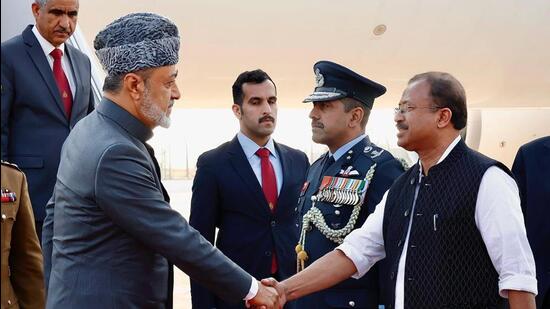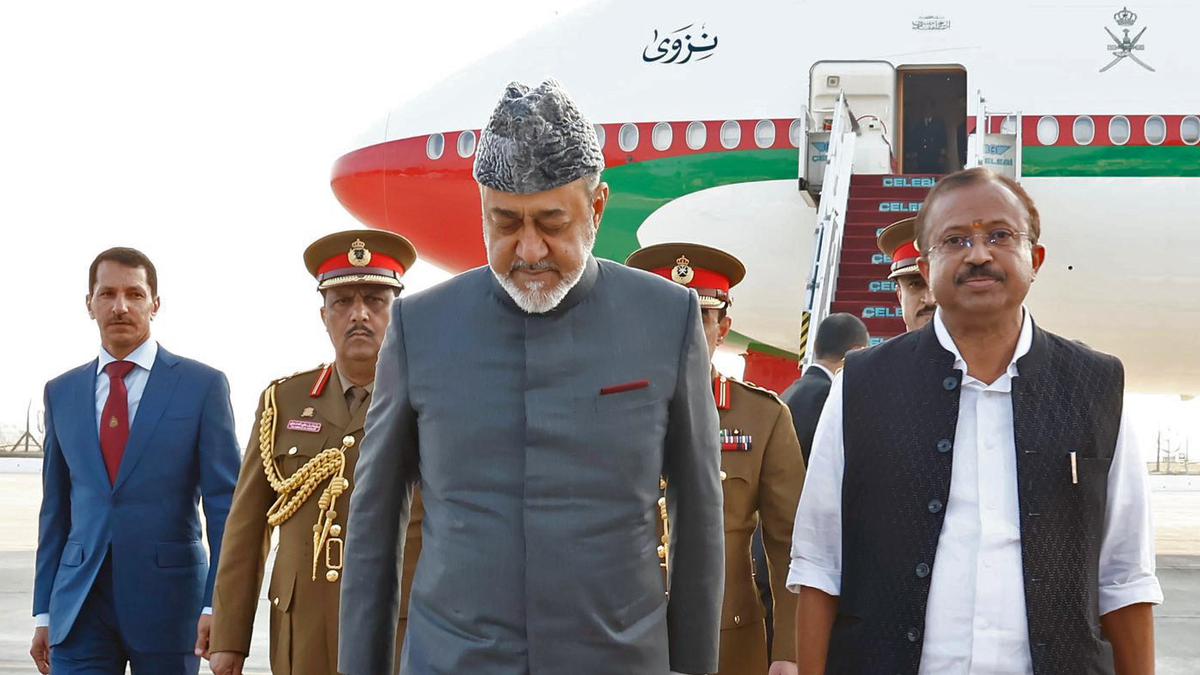Muscat, Oman — The economic ties between Oman and India have witnessed a significant upsurge, with bilateral trade reaching an impressive $9.9 billion in the 2021-2022 fiscal year, marking an 82.6% increase from the previous period. This robust growth underscores the deepening economic relationship between the two nations, paving the way for enhanced collaboration across various sectors.
Expanding Horizons in Bilateral Investments
Khalid bin Sulaiman Al Salhi, Director General at the Public Establishment for Industrial Estates (Madayen) in Oman, has highlighted the substantial potential for increased investments between Oman and India. He emphasized Madayen’s commitment to attracting Indian investors, particularly in sectors such as Information and Communication Technology (ICT), food processing, pharmaceuticals, and infrastructure. Al Salhi stated, “We are looking forward to receiving investments from India to discuss new technology in different sectors.”
Strategic Initiatives and Collaborative Efforts

Both nations are actively working towards facilitating investments through strategic initiatives. One such endeavor is the establishment of a joint investment fund aimed at streamlining and boosting bilateral investments. Al Salhi expressed optimism about this collaboration, noting that Oman is prepared to support and facilitate inquiries and investments from the Indian side. The willingness to work closely with Indian investors reflects Oman’s strategy to diversify its economy beyond oil and gas, embracing a future of technology-driven development.
Historical Ties and Strategic Partnership
The relationship between India and Oman is deeply rooted in history, with diplomatic relations established in 1955 and elevated to a Strategic Partnership in 2008. Both countries are linked by geography, history, and culture, enjoying warm and cordial relations. Oman serves as a strategic partner for India and plays a vital role in forums such as the Gulf Cooperation Council (GCC), Arab League, and Indian Ocean Rim Association (IORA). The cultural affinity and longstanding trade relations have laid a strong foundation for deeper economic collaboration.
Indian Investments in Oman
The surge in bilateral trade is complemented by a notable increase in Indian investments in Oman. Indian enterprises have invested in key sectors like healthcare, education, engineering, construction, chemicals, and manufacturing. Over 4,000 Indian companies operate in Oman, contributing to the nation’s economic growth and providing employment opportunities. The Sultanate has increasingly become a favorable destination for Indian businesses due to its strategic location, investor-friendly policies, and well-developed infrastructure.
Oman’s Diversification and Vision 2040
Oman’s Vision 2040 is a comprehensive plan to diversify its economy and reduce dependence on oil revenues. The plan focuses on sectors such as logistics, mining, tourism, manufacturing, and renewable energy. The government’s emphasis on modernizing its industrial base and fostering innovation creates vast opportunities for Indian investors, especially those in technology and infrastructure. With India’s growing expertise in digital transformation, fintech, and sustainable energy solutions, there is potential for mutual benefit.
Potential Sectors for Investment
- Information and Communication Technology (ICT): As Oman accelerates its digital transformation, Indian IT companies can collaborate on projects involving cybersecurity, software development, and e-governance.
- Healthcare and Pharmaceuticals: With increasing healthcare demands, Indian pharmaceutical companies can explore joint ventures to produce affordable medicines and medical equipment.
- Food Processing and Agriculture: India’s expertise in agriculture and food processing can help Oman optimize its food security strategies and establish agro-based industries.
- Tourism and Hospitality: The hospitality and tourism sector is growing rapidly, providing opportunities for Indian hospitality chains and travel agencies to invest.
- Infrastructure and Construction: India’s experience in large-scale infrastructure projects aligns with Oman’s ambitious plans for modern urban development.
Challenges and the Way Forward
While the opportunities for investment are promising, there are challenges to address. Differences in business practices, regulatory frameworks, and market dynamics may pose hurdles for investors. Navigating the legal and bureaucratic procedures in Oman requires a thorough understanding of local policies. Both governments need to enhance information sharing, simplify investment processes, and facilitate ease of doing business.
Strengthening Cultural and Academic Exchange
Beyond economic cooperation, cultural and educational exchanges between the two nations continue to strengthen. Oman’s sizable Indian expatriate community, estimated to be over 800,000, plays a vital role in bridging the cultural and economic ties. Indian schools, cultural associations, and community organizations in Oman contribute to the social fabric of the country.
Conclusion: A Promising Future Ahead
The burgeoning economic partnership between Oman and India is a testament to the trust, cooperation, and shared vision of the two nations. As both countries seek to adapt to a rapidly evolving global economy, the potential for deeper collaboration in trade, investment, and innovation remains vast. With continued dialogue, strategic initiatives, and a shared commitment to growth, Oman and India can unlock unprecedented economic opportunities for years to come.



